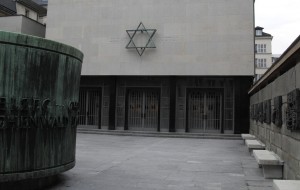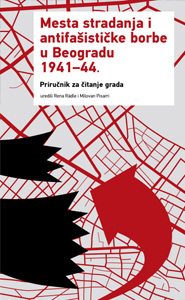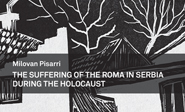 On March 23th 2014, an international symposium on the Holocaust in Serbia, Croatia and Bosnia-Herzegovina, was held at Mémorial de la Shoah in Paris.
On March 23th 2014, an international symposium on the Holocaust in Serbia, Croatia and Bosnia-Herzegovina, was held at Mémorial de la Shoah in Paris.
In April 1941 the Kingdom of Yugoslavia was invaded by the German Army and split between several satellite states and occupation zones. Over the following 4 years, 80% of the Jewish population was exterminated. 70 years later, the Holocaust remains a source of memorial conflicts stirred up by the wars of the 1990s. How to explain the specific features of the Holocaust in that region of Europe? What are the recent historiographical developments? What are the main challenges of remembrance after the advent of peace ?
After the keynote speech by Walter Manoschek (Wien) the morning panel moderated by Ivo Goldstein (Ambassador of Croatia in France) was dealing with Nazi policy and local actors. Milan Koljanin (Institut of Contemporary History, Belgrade) contributed a speech on the Jewish community and Anti-Semitism in the Kingdom of Yugoslavia 1918-1941, while Emil Kerenji (Center for Advanced Holocaust Studies, Washington DC) gave a lecture on the racial policy of Germanisation in Slovenia. Alexander Korb (University of Leicesters) presented about the Ustaša’s mass violence against the Serbs, Jews, and Roma in Croatia and Eli Tauber (Cultural Counselor of the Jewish community of Sarajevo) spoke about the rescue of Jews in Bosnia Herzegovina
In the afternoon panel moderated by Xavier Bougarel (CNRS, Marc Bloch Centre, Berlin) aspects of politics and culture of remembrance were discussed by Jovan Byford (The Open University, Milton Keynes), Natasa Jovičić (director of the Memorial Museum of Jasenovac), Rena Jeremić Raedle (Staro Sajmiste Memorial project, Belgrade) and Alexandre Prstojevic (Centre de Recherches sur les Arts et le Langage).


